Zoo Keepers Are Hand-Rearing A Tiny Sloth Bear Cub
After her mother consumed two other cubs, staff took the unprecedented step of raising her themselves
On December 29, Khali, one of the National Zoo's resident sloth bears, gave birth to three adorable cubs. Zoo caretakers rejoiced.
Within minutes, though, excitement turned to disappointment. Khali consumed one of her cubs.
"In the wild, when these bears consume their cubs, it's normally because there's something wrong," says Mindy Babitz, one of the keepers and a sloth bear expert. "It takes a lot for a mom to raise cubs, and if the cubs or mom are sick or otherwise compromised, it's just not worth expending that energy. You need to keep it and put it towards the next litter of cubs you might raise."
The caretakers left the other two cubs, seemingly healthy, with Khali, who'd successfully raised two other cubs in 2004. Over the next week, watching on closed-circuit cameras, they saw a relatively attentive mother and two seemingly healthy cubs.
Then, on January 6, Khali surprised Zoo staff by ingesting one of the remaining cubs.
To save the final cub's life, they decided to take the unprecedented step of rescuing it from its mother and raising it by hand. "It was a hard decision to make, because we always want cubs to be reared by their mom—that's the first choice," Babitz says. "But because she had consumed one and left the other, we knew we had to intervene."
When they brought the cub to the zoo's veterinary hospital, they found that she was hypothermic (the result of not being cradled by her mother), underweight and had high white blood cell counts, likely indicative of an infection. "If we hadn't had pulled her, she probably would have died," says Babitz.
After an initial few days in the hospital—where staff kept the sickly, one-pound cub in an incubator, gave it antibiotics and fed it from a bottle as many as eight times per day—caretakers have spent the past couple of months raising the cub themselves. Because of the risk involved in returning it to Khali, a team of keepers, veterinarians and nutritionists have taken shifts staying with the cub 24 hours per day.
But sloth bears have evolved to grow up in close contact with their mothers for the first three years of their lives—so the caretakers had to attempt to mimic the sorts of interactions cubs have with mothers every chance they had. Normally, cubs are cradled on their mothers' front side, or carried on their backs. To imitate these sorts of experiences, keepers carried the cub in a baby sling. In the wild, mothers stimulate cubs' ability to urinate and defecate by licking their genitals; zoo staff simulated this with wet cotton balls.
"It's a huge challenge. Bears, in general, are so complex. It's not just meeting her physical needs—they have such complex emotional, social, cognitive needs, and we have to meet all of them," Babitz says. "We're trying to be surrogate moms, essentially."
Their work appears to be paying off: the cub has grown to eleven pounds and appears to be completely healthy. That's a major victory, especially an animal from a species that's listed as vulnerable. About 10,000 wild sloth bears live in their native habitat of South Asia, a number that's declined by about 50 percent over the last eight years due to habitat destruction, the sloth bear "dancing" trade and human-bear conflicts. In total, American zoos are home to just 47 of the clawed, insect-eating animals, named for their resemblance to sloths.
Caretakers recognize they can't completely replace the kinds of social interactions with other sloth bears necessary to socialize the cub as she grows. Soon, they plan to allow the cub inside the Zoo's indoor sloth bear dens while the three adult bears (apart from Khali, there is Francois, who fathered the cub, and another female, Hana) are outside, so she can be exposed to their scents. Over the next few months, they'll visually introduce the cub to Khali through mesh screens, and if she appears amenable to meeting her daughter, they may eventually let the bears meet physically.
After two or three years, if all goes well, the cub will mature into an independent adult. Although the original reason for hand-rearing the cub was to save her life, keepers have enjoyed an additional benefit.
“Carrying the cub around for hours at a time gave us a unique opportunity to bond with her,” Stacey Tabellario, a keeper, said in a press release sent out by the Zoo. “We quickly became in-tune with her vocalizations, movements and sleep patterns. With past cubs at this stage, we mostly only viewed them via closed-circuit television, so this has been a great chance to learn more about cub development.”
/https://tf-cmsv2-smithsonianmag-media.s3.amazonaws.com/accounts/headshot/joseph-stromberg-240.jpg)
/https://tf-cmsv2-smithsonianmag-media.s3.amazonaws.com/filer/3c/aa/3caa4deb-f18d-4be8-a0da-5f0a08419df6/13291355494_053014a1c6_o.jpg)
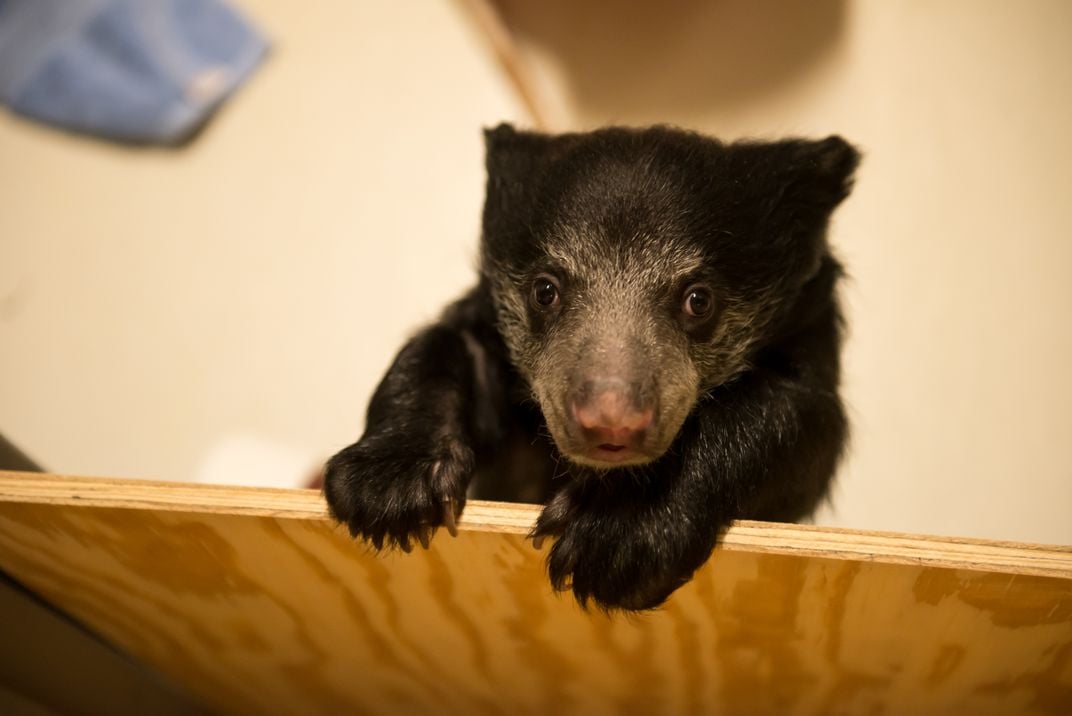
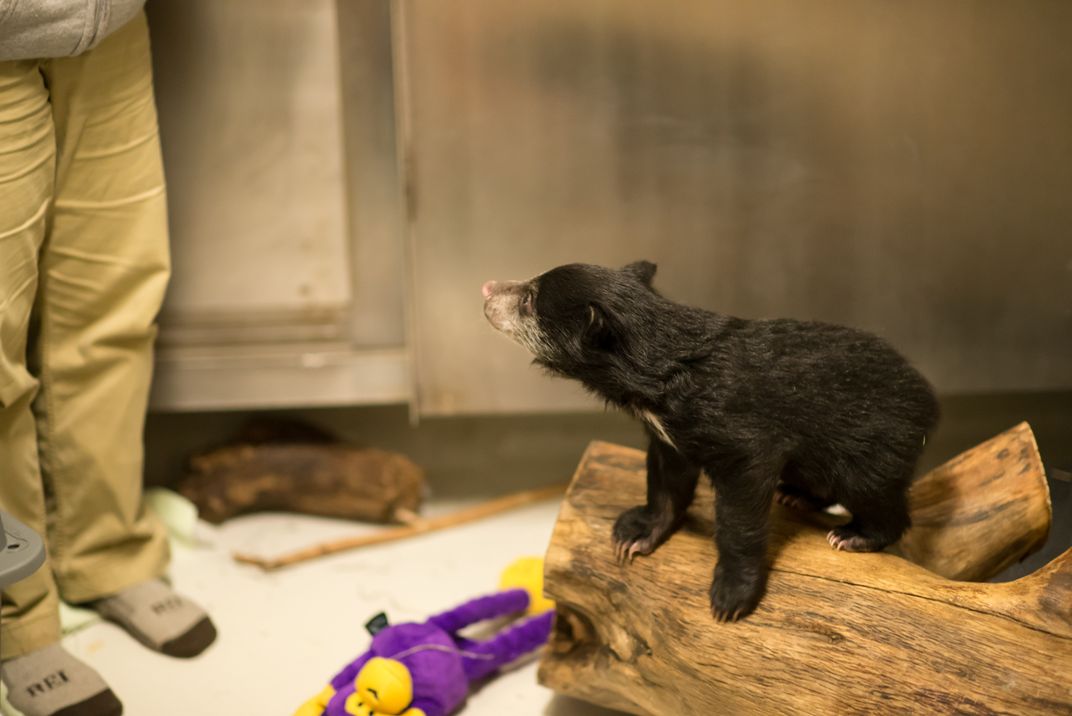
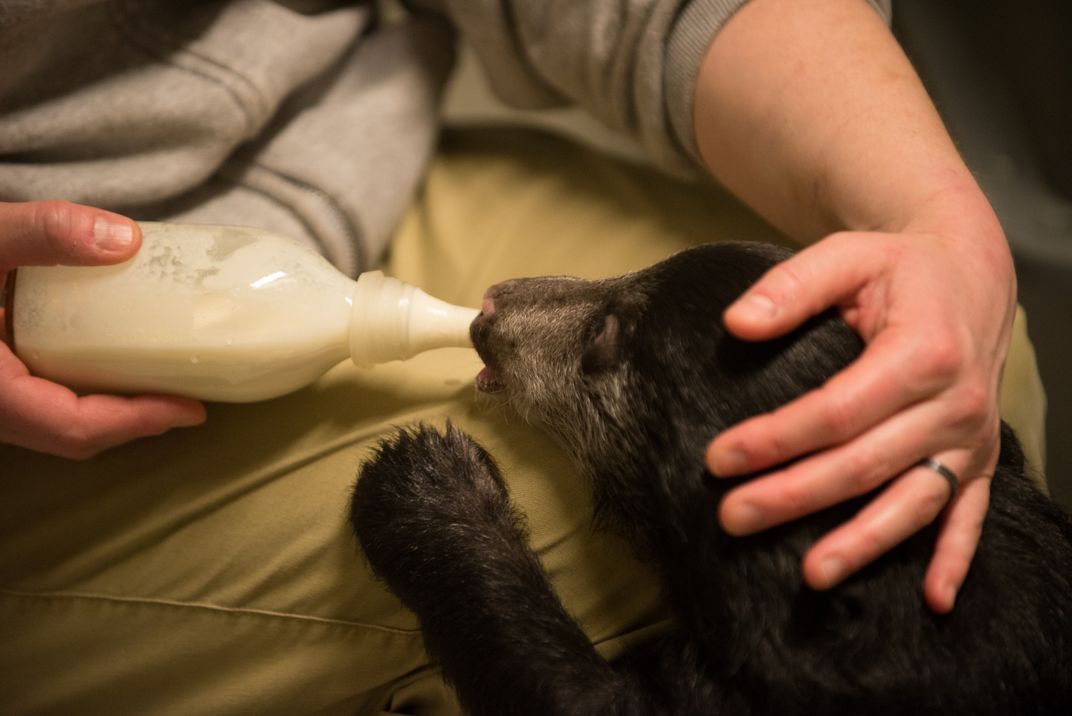
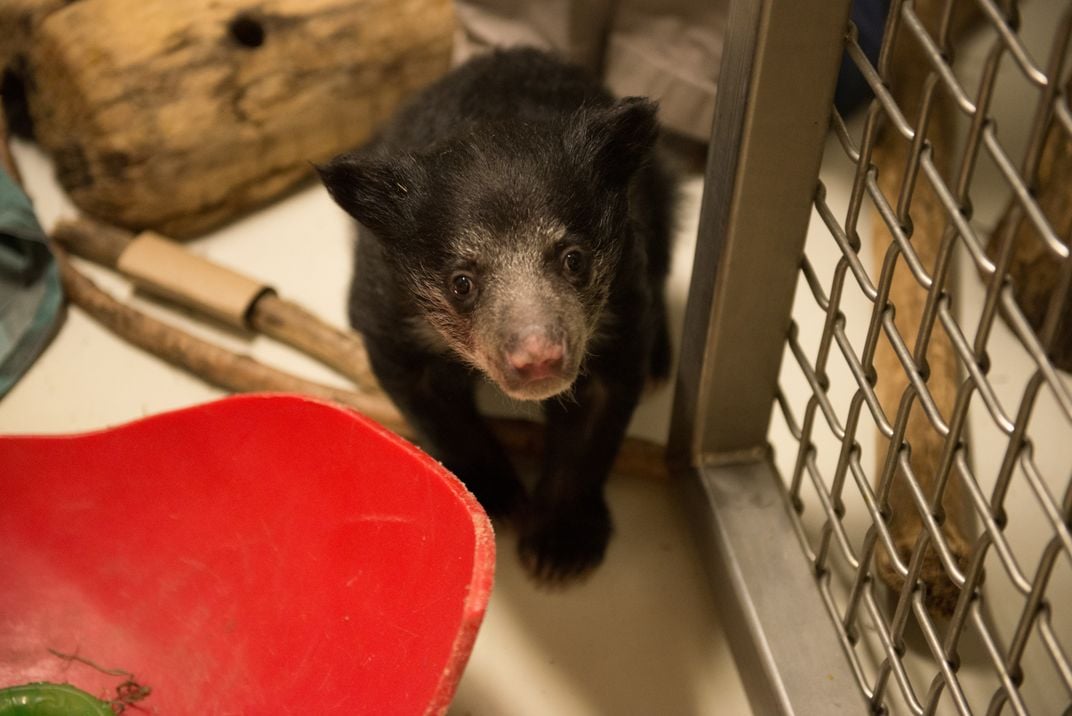
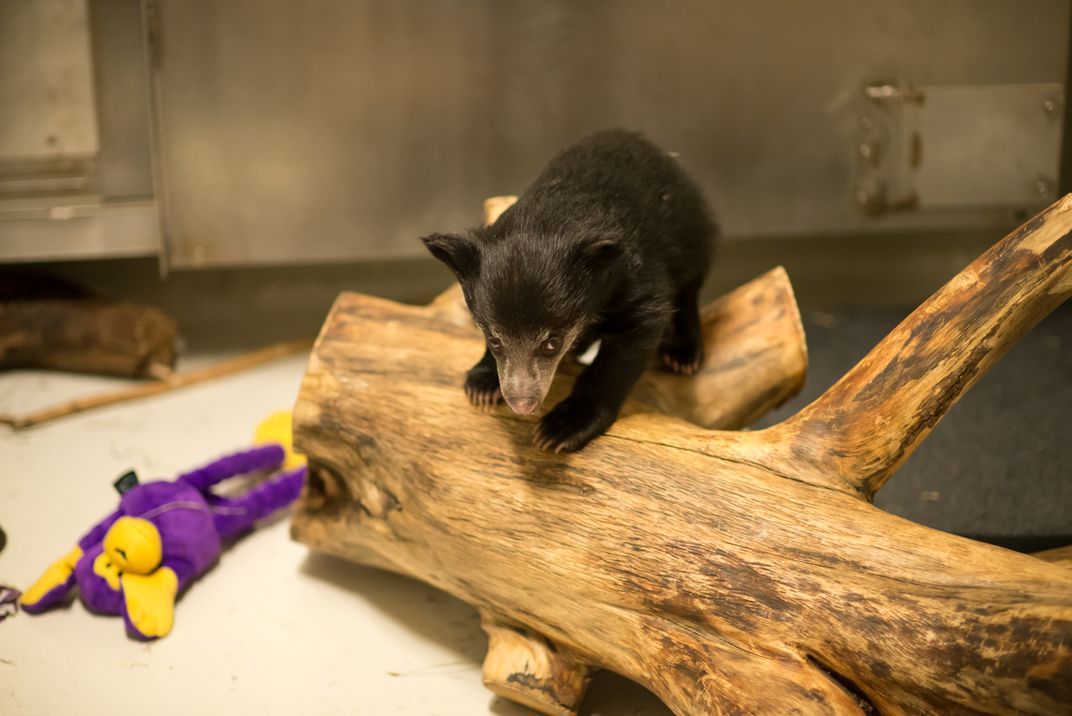
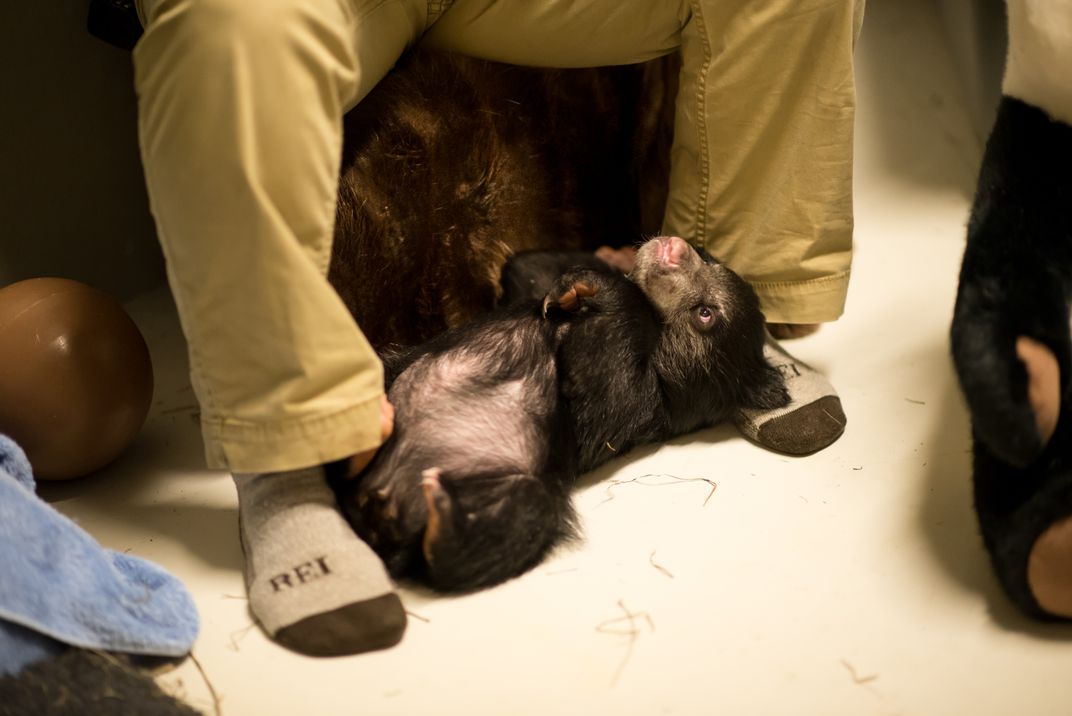
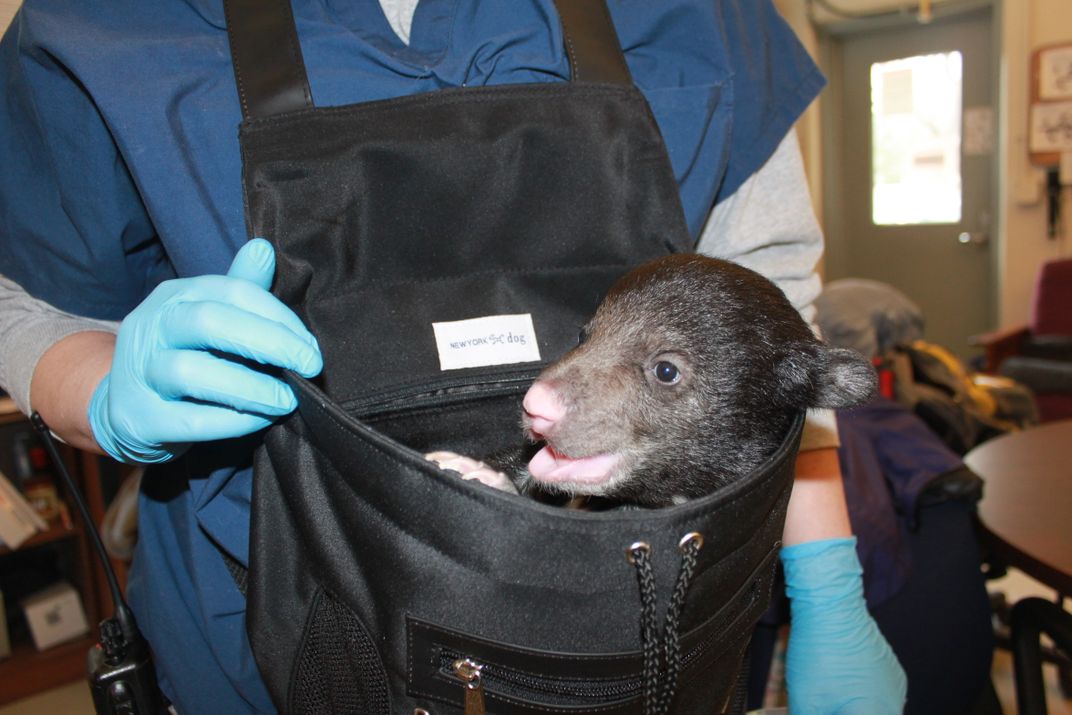
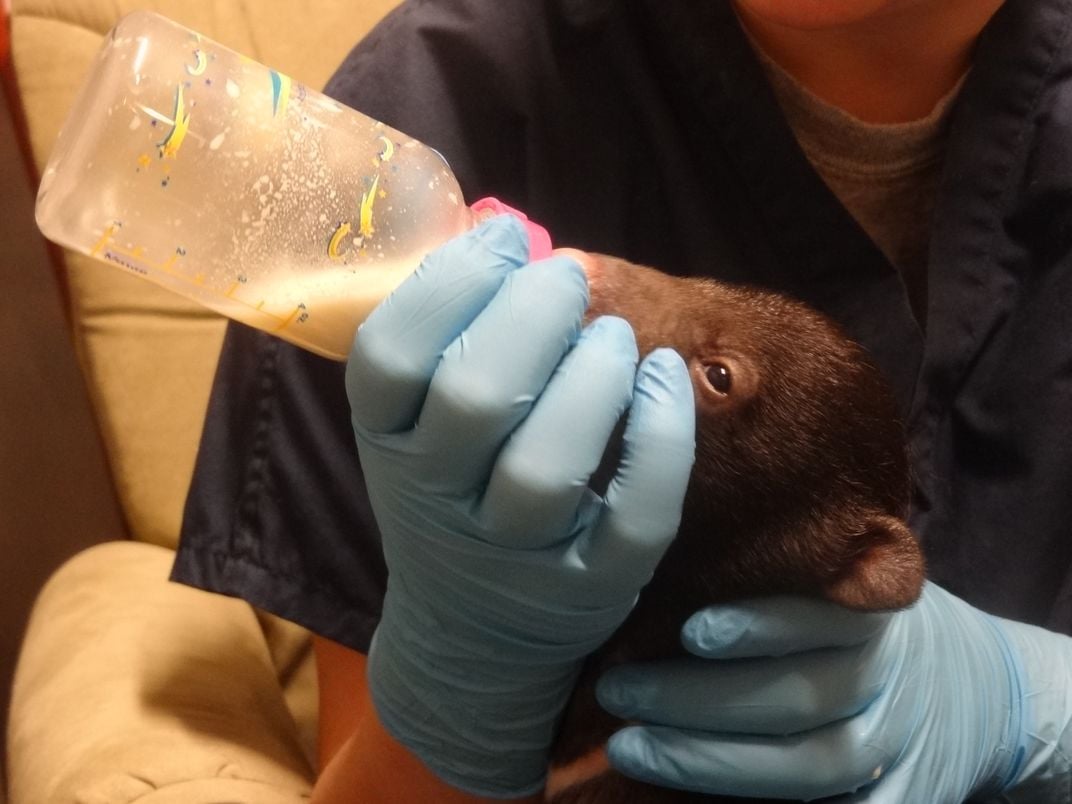
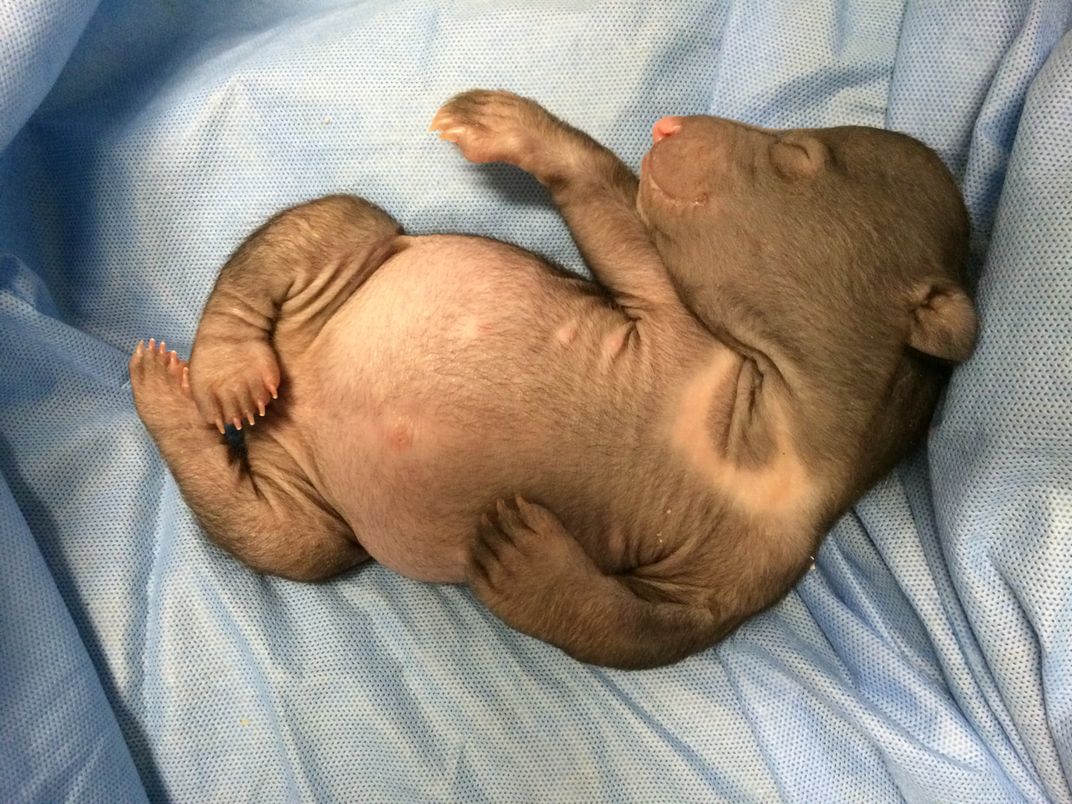
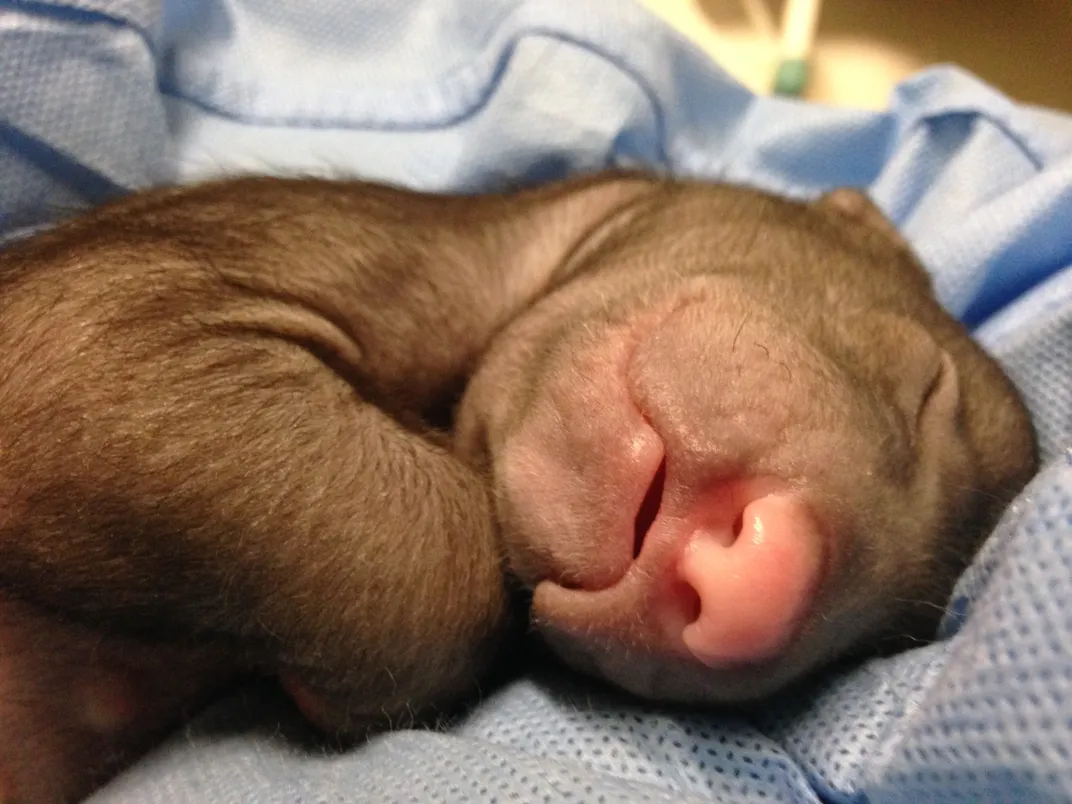
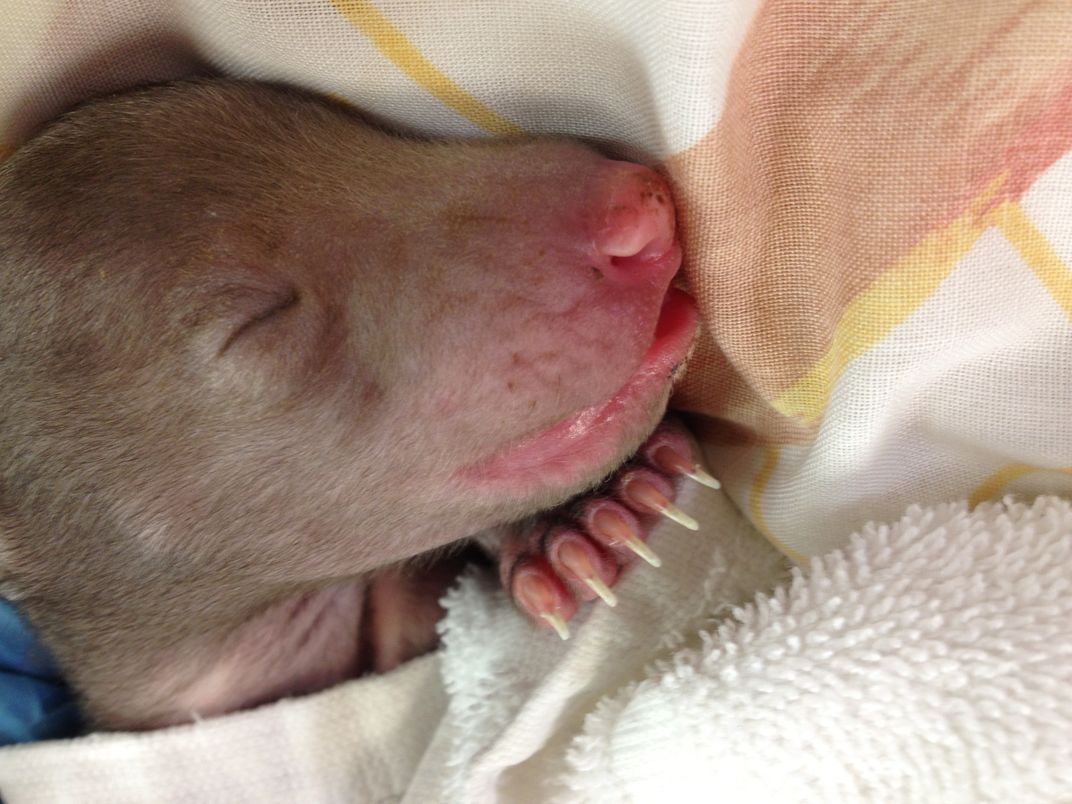
/https://tf-cmsv2-smithsonianmag-media.s3.amazonaws.com/accounts/headshot/joseph-stromberg-240.jpg)